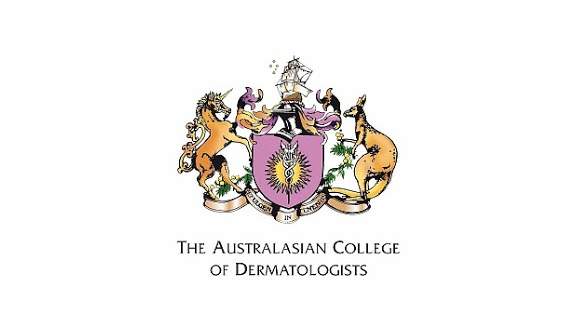MELBOURNE, Australia, 18th May 2019: Today, DermaSensor, the medical device company that seeks to enable healthcare professionals to efficiently check for skin cancer, will present its game-changing technology to the Australasian College of Dermatologists (ACD) 52nd Annual Scientific Meeting (ASM) and the Australian Dermatology Nurses (ADNA) National Conference being held at the Melbourne Convention and Exhibition Centre.
The Annual Scientific Meeting of the Australasian College of Dermatologists is held for all College members and medical professionals with an interest in dermatology. The meeting is attended by registered dermatologists, trainees, other medical professionals and nurses, from Australia, New Zealand, South-East Asia and other countries.
DermaSensor’s Dr. Michael Bonning, Senior Director of Medical Affairs, Christian Orb, Commercial Director, ANZ and Martina Clark, Territory Business Manager VIC from the DermaSensor Team are in attendance conducting market research into the optimal performance levels for the DermaSensor device; a revolutionary technology designed to augment clinician assessment of skin lesions for cancer.
“We are excited to present the potentially game-changing capabilities of DermaSensor’s technology to the most pre-eminent members of the Australasian dermatology community to better understand how the tool can best service patients at risk for skin cancer,” explains Dr Bonning. “We look forward to introducing a skin health tool that’s efficient, accurate and affordable,” he says.
This exciting breakthrough was achieved using Elastic Scattering Spectroscopy – a technology pioneered at Boston University and University College London that uses light to evaluate cellular and subcellular structures of the skin.
The device is undergoing FDA and TGA approval and is expected to be available in Australia in late-2020. This low-cost, easy-to-use device is expected to enable healthcare professionals to provide fast, accurate skin lesion assessments. The handheld DermaSensor device takes five quick recordings via non-invasive sub-cellular scans, with the entire process taking just 30 seconds per lesion.
